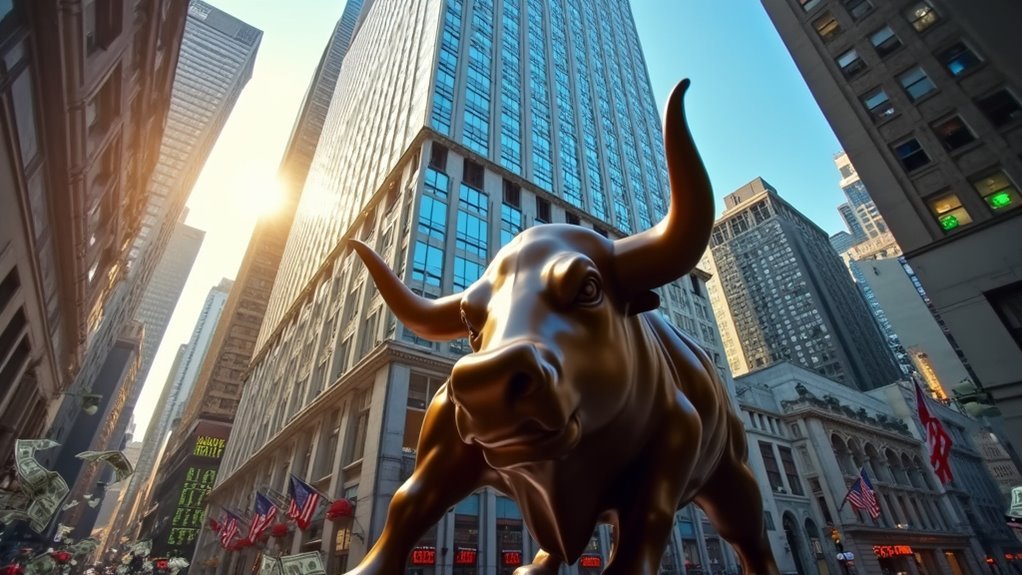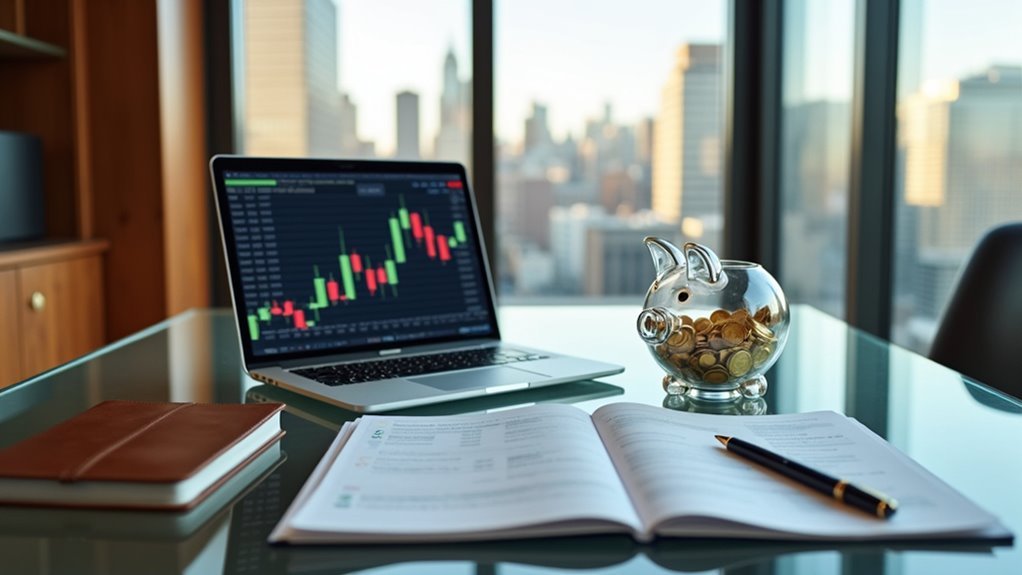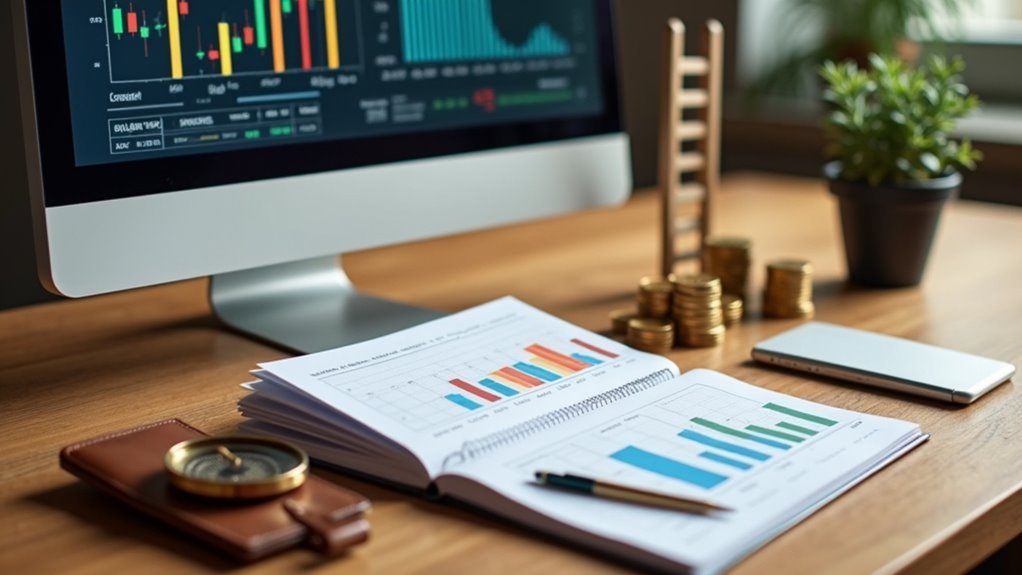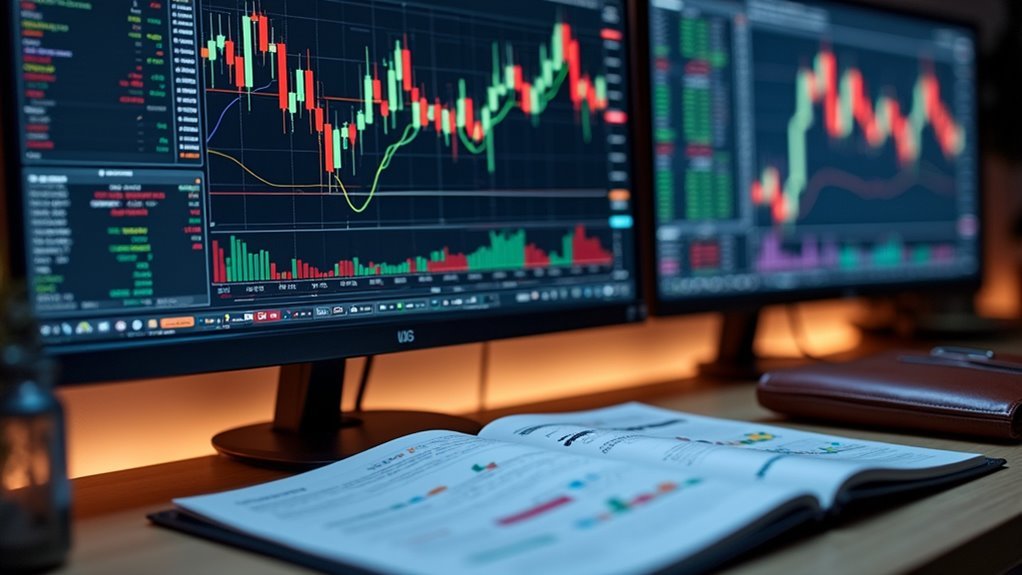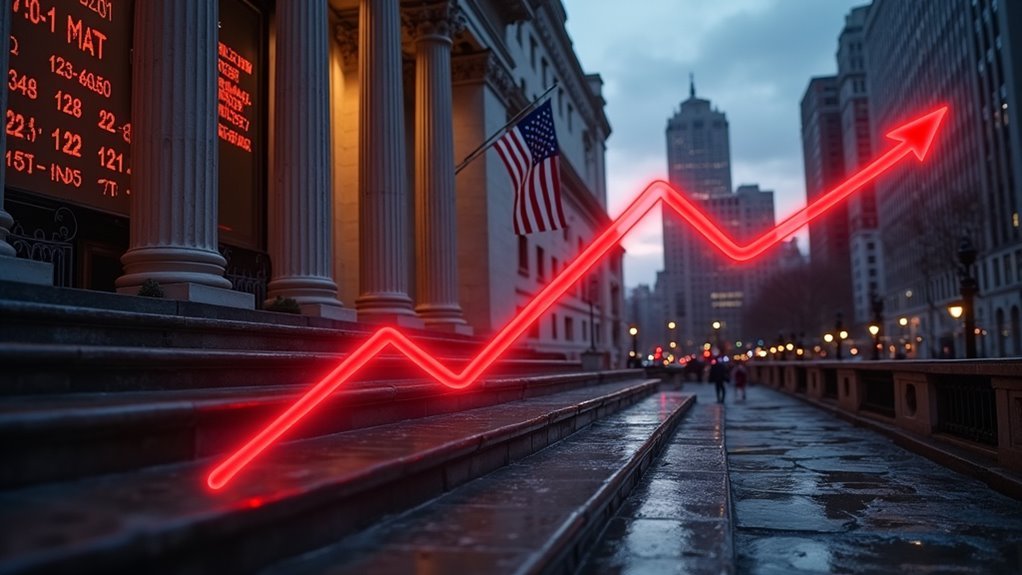An IPO transforms a private company into a public one through share sales on major exchanges. The complex process involves investment banks, lawyers, and regulatory filings with the SEC. Companies go public to raise capital, pay off debt, or fund acquisitions. Management must navigate tricky share pricing, investor roadshows, and lock-up periods. Post-IPO life means constant scrutiny, quarterly earnings reports, and thousands of new bosses. The real fun begins after the opening bell rings.
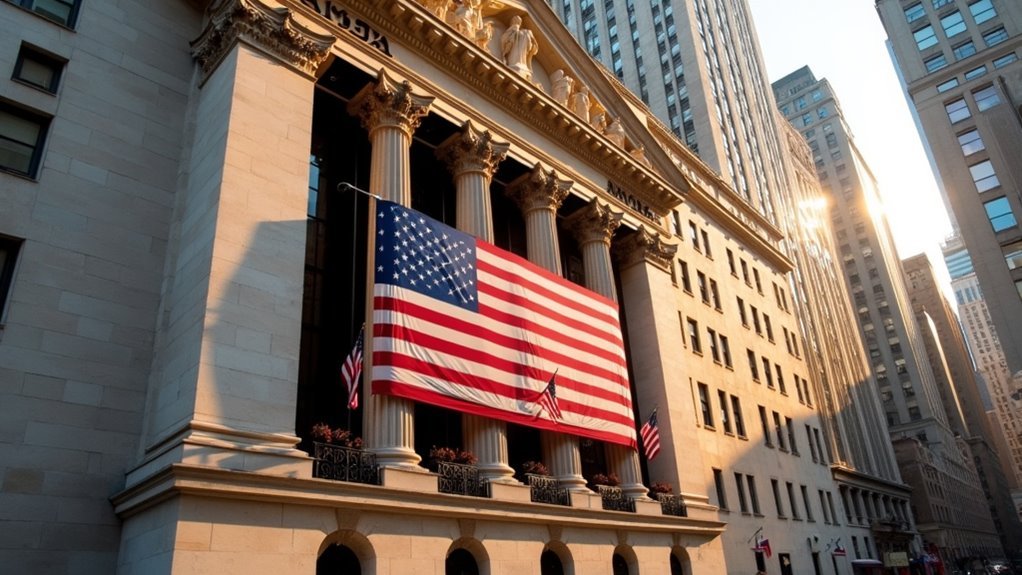
The leap from private to public company isn’t for the faint of heart. Going public through an Initial Public Offering (IPO) is like getting married with millions of people watching – and everyone’s expecting you to make them rich. Companies take this bold step for several reasons, but let’s be real: it’s mainly about the money. They need capital for expansion, want to pay off debt, or have ambitious acquisition plans. Going public also helps companies attract and retain talent.
The IPO process is a complex dance with multiple partners. Investment banks, lawyers, accountants, and regulatory agencies all join the party. The star of the show? The Securities and Exchange Commission (SEC). They’re the strict chaperone making sure everything follows the rules. The company must file an S-1 registration statement – a document that reveals every skeleton in their corporate closet. A syndicate of underwriters typically handles the offering to spread the risk among multiple firms.
Then comes the roadshow, where company executives become traveling salespeople, pitching their story to potential investors. It’s like a corporate reality show, minus the drama (well, most of it). Investment banks, acting as underwriters, help set the initial share price. Too high? Nobody buys. Too low? The company leaves money on the table. Finding that sweet spot is essential. Similar to creating a balanced asset allocation, pricing requires careful consideration of risk and potential returns.
The night before trading begins, final pricing gets locked in. Shares get divvied up among institutional and retail investors, often leaving both groups wanting more. When trading starts, anything can happen. Some IPOs soar like rockets, others flop like bad pancakes. Early investors and employees wait anxiously through lock-up periods, typically 180 days, before they can sell their shares.
Life after going public brings new challenges. Quarterly earnings reports become the corporate equivalent of report cards. Every financial hiccup gets scrutinized. Management teams suddenly find themselves answering to thousands of shareholders instead of a select few.
Public companies face increased regulatory requirements and constant pressure to perform. The transparency is relentless. Welcome to the big leagues – where privacy is history and scrutiny is forever.
Frequently Asked Questions
What Happens to Early Investors’ Shares After a Company Goes Public?
Early investors’ shares typically get locked up for 90-180 days after the IPO. No selling allowed. Period.
Once the lock-up expires, they can finally unload their shares – if they want to. Their shares usually convert from preferred to common stock, and they get distributed through a transfer agent.
SEC rules and company blackout periods still restrict when and how much they can sell.
Pretty straightforward, actually.
Can International Investors Participate in U.S.-Based IPOS?
Yes, international investors can participate in U.S.-based IPOs through several routes.
Foreign investors use Regulation S for overseas purchases, Rule 144A for institutional buyers, and ADRs for foreign company listings.
They can access IPOs through foreign brokers with U.S. partnerships or direct cross-listings.
Sure, there are hurdles – time zones, currency exchange, and extra fees – but where there’s money to be made, there’s usually a way in.
How Long Does the Typical IPO Process Take From Start to Finish?
The typical IPO process takes 6-12 months from official start to trading day – but that’s just the formal part. Smart companies spend another 12-24 months prepping behind the scenes.
The SEC filing and review phase eats up 3-4 months, while the final marketing roadshow needs 1-2 months. Factor in financial audits, legal work, and endless paperwork.
Yeah, going public isn’t exactly a quick weekend project.
What Percentage of IPOS Successfully Reach Their Initial Target Price?
Around 60-70% of IPOs manage to trade above their offer price on day one – not too shabby.
Tech IPOs crush it with an 80% success rate, while healthcare IPOs hit their target about 65% of the time.
But here’s the kicker: success doesn’t always last. A whopping 40-50% end up trading below their IPO price after 5 years.
First-day pop? Sure. Long-term success? That’s a different story.
How Do Market Conditions Affect a Company’s Decision to Go Public?
Market conditions play a massive role in IPO timing. Strong economies and bull markets typically drive more companies to go public – no surprise there.
When GDP is growing and interest rates are low, companies jump at the chance. But throw in a recession or market volatility? IPO plans screech to a halt.
Competitive pressure matters too – when rivals go public, others often follow suit. Smart companies watch these signals like hawks.
